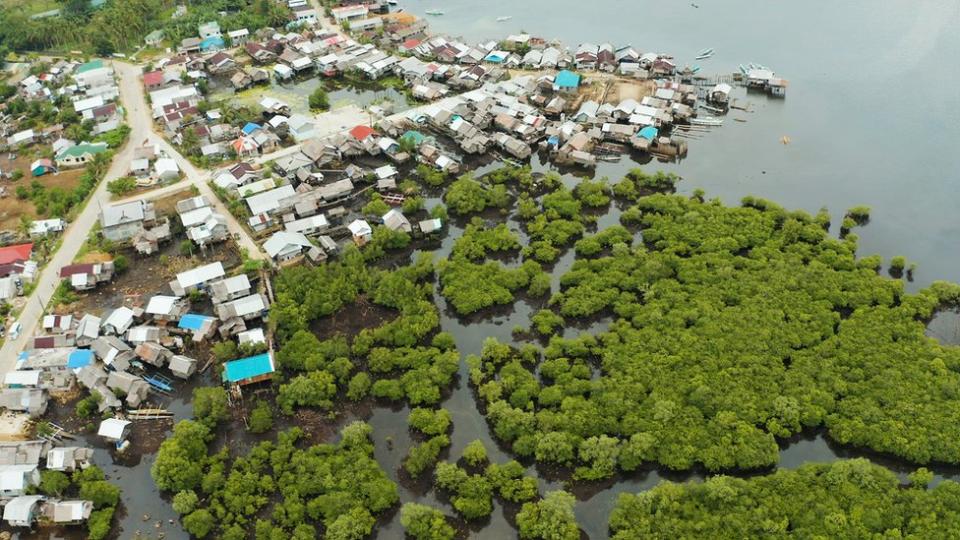Leaders and representatives from nearly every country on Earth are meeting in Colombia to take stock of global progress in protecting the natural world.
The United Nations biodiversity summit, known as COP16, comes amid growing concerns over plummeting populations of plants and animals, and damage to the habitats that sustain life on earth, from forests to rivers and oceans.
At the last UN global summit on biodiversity, held in December 2022, nearly 200 countries signed up to an ambitious plan to reverse nature loss by the end of the decade.
The Cali summit is expected to be the biggest of its kind – and the first chance to hold leaders to account over their national plans for protecting nature.
What is biodiversity and why is it important?
Biodiversity is the variety of all life on Earth – animals, plants, fungi and micro-organisms like bacteria.
Together they provide us with everything necessary for survival – including fresh water, clean air, food and medicines.
However, humans cannot get these benefits from individual species – a rich variety of living things must work together in tandem.
Plants are very important for improving the physical environment: cleaning the air, limiting rising temperatures and providing protection against climate change.

Mangrove swamps and coral reefs can act as a barrier to erosion from rising sea levels.
Trees found in cities such as the London plane or the tulip tree, are excellent at absorbing carbon dioxide and removing pollutants from the air.
How many species are at risk of extinction?
It is normal for species to evolve and become extinct over time – 98% of all species that have ever lived are now extinct.
However, the extinction of species is now happening between 100 and 1,000 times more quickly than scientists would expect.
As a result, many scientists warn humans could be causing the “sixth mass extinction” on Earth.
The International Union for Conservation of Nature (IUCN) has kept a “red list” of threatened species since 1964. More than 163,000 species have been assessed, and 45% are considered to be threatened with extinction.
The UN’s biodiversity body – known as IPBES – estimates that at least one million plant and animal species are at risk of extinction – and humanity is largely to blame.
But the threat of extinction varies enormously. For example, it is estimated that 40% of amphibians (a group that includes frogs and…
Click Here to Read the Full Original Article at Yahoo News – Latest News & Headlines…
